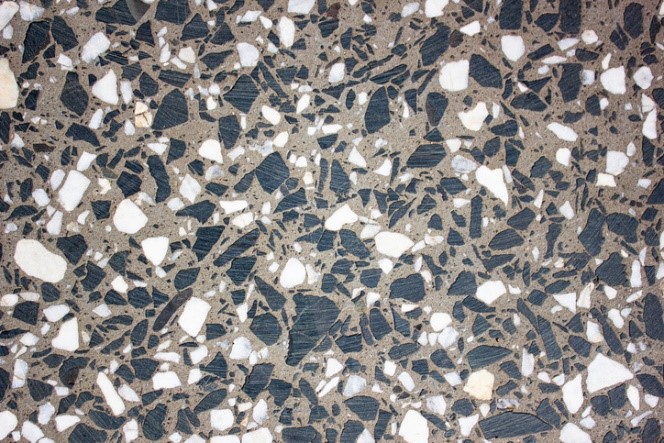
Welcome to Greece!
Welcome to 7000 B.C.!
Welcome to Pakistan!
Surprise!
Welcome to Greece and Pakistan!
It’s time to move on, both in location and history. But first, let’s recap what has been happening in Greece. It’s not much.
Welcome to Greece!
Greece was inhabited by hunter-gatherers like many other lands before the time of the flood. (A significant hiatus noted by archeologists in the geological layers probably relates to the flood.) Greece then was re-occupied.
Although there are several sites available, Franchthi Cave demonstrates occupation for all time periods prior to 3000 B.C. We’ll be using that site for our information.
The re-occupation continued until the first building of Göbekli Tepe. During this time, wild lentils, pistachios, and almonds were added to meat discoveries. The steppe ass continued to be the meat of choice. Land snails were popular on the menu.
At the very end of this period, red deer became the most popular meat. Bits of obsidian that have been traced to the island of Melos began to appear. Melos is 92 miles southeast. Apparently, these people possessed navigational skills.
After the appearance of the Egyptian Faiyum culture, the people of the Franchthi Cave learned to produce micro-flaked blades. Now, the diet is red deer supplemented with pig and small fish.
About the time the Swiderians moved on, the Greeks of the cave changed their diet from large animals to large fish, indicating more advanced seafaring. At this time the waters of the Mediterranean Sea had encroached upon the shoreline almost up to the cave.
The oldest burial is dated from the end of this period. A twenty-six year old man lays toward the entrance to the cave on a deposit of burned shell. Scattered bones indicate that this area was also used for cremation burials.
A five hundred year occupation hiatus occurs. Perhaps the cave was flooded and therefore unable to be occupied.
Then, for a considerable time, the cave indicates domestication of wheat, sheep, and goats. Obsidian is found more frequently. The few pots are small and could not be used for cooking.
Welcome to 7000 B.C.!
According to TGD (traditional geological dating), it’s 7000 B.C.: 1000 years since the Swiderians left Göbekli Tepe. The Faiyum culture is going strong.
Those living in the Franchthi Cave have progressed to Urfimis: pottery for serving, not cooking, decorated with geometric designs. (Where have we heard that before?) Small shell beads and amulets are common, as well as tools for making them.
For the first time, structures are built on the beach in front of the cave.
Within the cave, many more burials exist including numerous infant burials. One of them contained the grave goods of a small marble bowl and a broken ceramic vessel.
None of these Greek settlements have been dignified with the classification of a culture.
Welcome to Pakistan!
It’s much different in 7000 B.C. Pakistan.
A small farming village is settled at Mehrgarh. Surprisingly, it is not on a river.
However, it is located near Bolan Pass, one of the main routes connecting southern Afghanistan and the Indus Valley. Obviously, there is enough trade potential in this village and the Indus Valley to encourage treks through the treacherous mountains.
Mehrgarh was built as a base camp by semi-nomadic people. During this first period, which would last until 5500 B.C., the settlement was used to cultivate six-row barley, emmer wheat, jujubes, and dates. They domesticated sheep, goats, and cattle.
Mud-brick buildings contained four rooms. There was no pottery for cooking or serving. Tools were made of local copper. Grain was stored in granaries using large bitumen-lined baskets.
There is no evidence of government or religion. However many burials have been found complete with generous grave goods: baskets, stone and bone tools, and occasional animal sacrifices. Ornaments abound: beads, bangles, and pendants. These were made from sea shells, the precious stones of turquoise and lapis lazuli, limestone and sandstone, and polished copper. Simple figures of women and animals also appear. Male burials contain the majority of grave goods.
Surprise!
In this oldest area of Merhgarh, evidence was found of dentistry! A dozen molar crowns still in place have been found which were drilled while the person was alive.
With what? I don’t think copper tools would be strong enough to do that. No dental tools have been found. How did dentistry happen to develop here, in this remote place? Who was this first dentist?
Photo credit: Kenny Eliason on Unsplash






